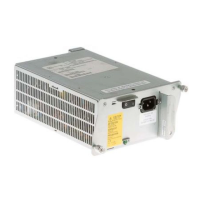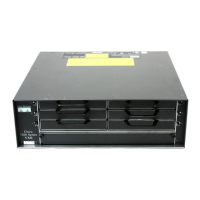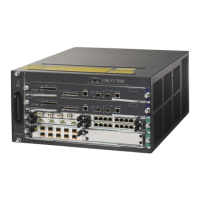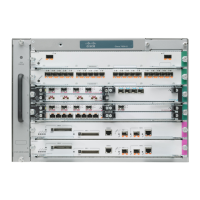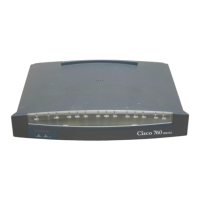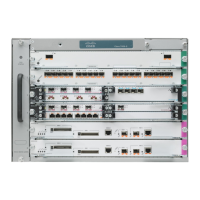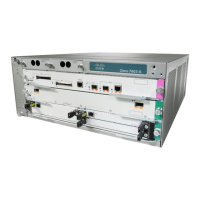1-78
Cisco uBR7200 Series Universal Broadband Router Software Configuration Guide
OL-2239-05
Chapter 1 Overview of Cisco uBR7200 Series Software
cops tcp window-size
Service Independent Intercept (SII) Support on the Cisco uBR7200 Series
The Cisco CMTS supports the Communications Assistance for Law Enforcement Act (CALEA) for
voice and data. Cisco IOS Release 12.3(13a)BC introduces support for Service Independent Intercept
(SII) on the Cisco uBR7200 CMTS. Cisco SII provides a more robust level of the lawful intercept (LI)
options offered in the Packet Intercept feature. Cisco SII is the next level of support for judicially
authorized electronic intercept, to include dial access, mobile wireless, tunneled traffic, and Resilient
Transport Protocol (RTP) for voice and data traffic on the Cisco CMTS.
SII on the Cisco CMTS in Cisco IOS release 12.3(13a)BC includes these functions:
• Packet intercept on specified or unspecified interfaces or ports, including port lists
• Packet intercept on virtual interface bundles
• Corresponding SNMP MIB enhancements for each of these functions, as intercept requests are
initiated a mediation device (MD) using SNMPv3
Note No new CLI commands are provided for this feature in Cisco IOS release 12.3(13a)BC.
Cisco IOS Release 12.3(13a)BC enables full Multiple Service Operator (MSO) compliance with SII and
LI regulations. Service providers worldwide are legally required to allow government agencies to
conduct surveillance on the service provider's traditional telephony equipment. The objective of the SII
feature is to enable service providers with New World networks that legally allow government agencies
to conduct electronic network surveillance.
Lawful Intercept (LI) describes the process and judicial authority by which law enforcement agencies
conduct electronic surveillance of circuit and packet-mode communications. LI is authorized by judicial
or administrative order and implemented for either voice or data traffic on the Cisco CMTS.
Table 13
lists the differences between packet intercept and SII features
Ta b l e 13 Differences Between Packet Intercept and SII Features
Feature Packet Intercept Service Independent Intercept
Interface Type Cable Any
IP Masks 255.255.255.255 or 0.0.0.0 Any
L4 Ports Any single port or 0-65535 Any port range
Protocol UDP Any
TOS/DSCP Not supported Supported
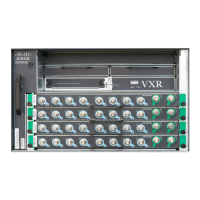
